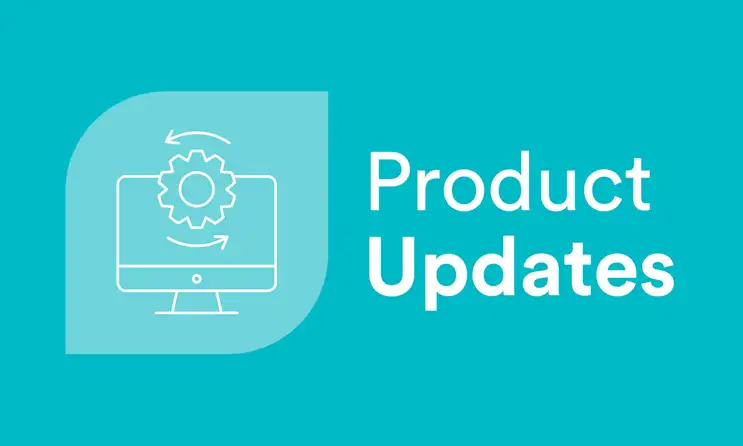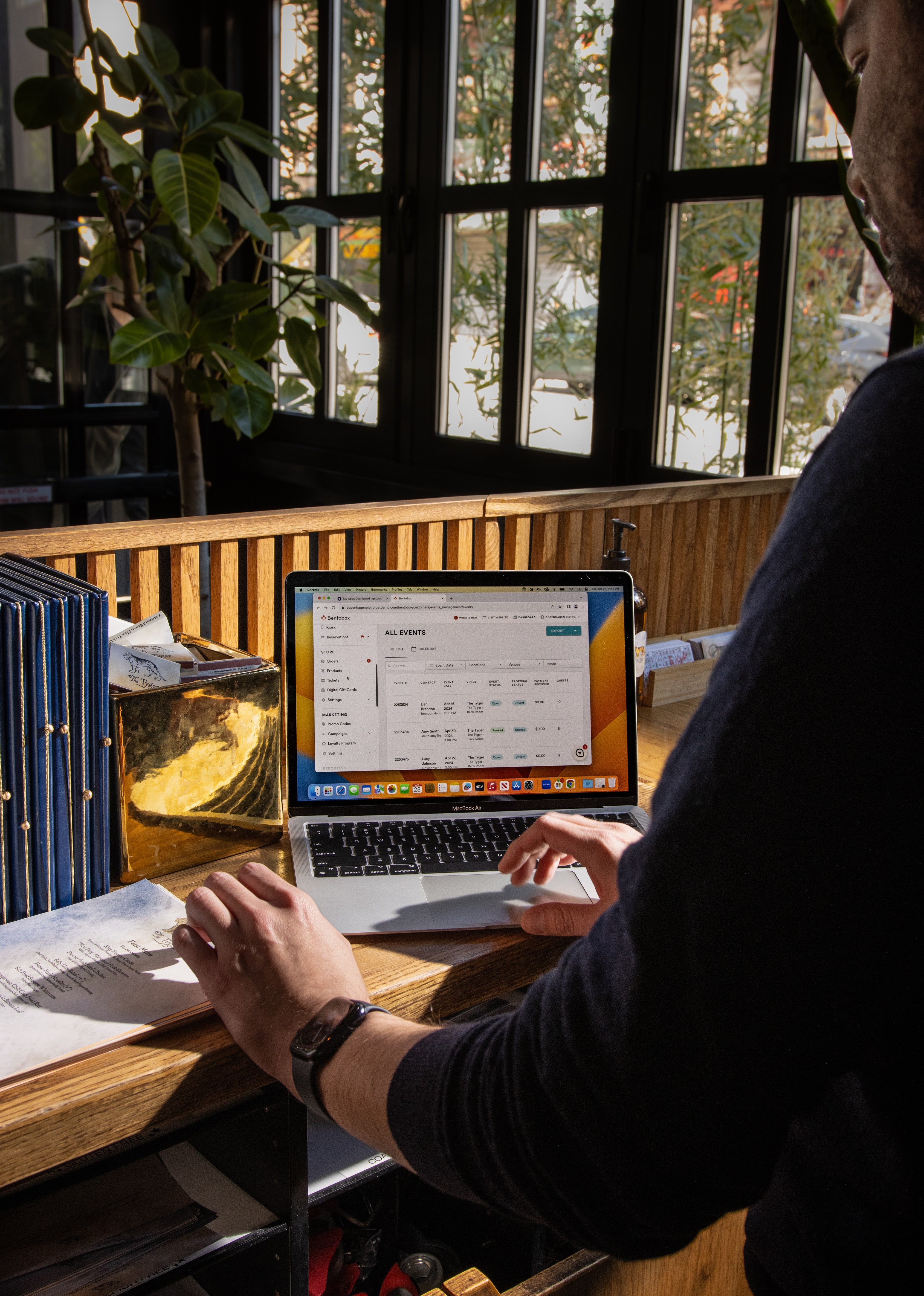Marketing
How Restaurants Can Prompt AI Generators
September 26, 2024
Prompt engineering to get more accurate results from today’s cutting edge technology.
It’s official: artificial intelligence has come to restaurant technology. With the launch of ChatGPT in December 2022, generative AI — algorithms that can create text, images, audio, and video out of prompts written in plain English — went mainstream. Within months, software of nearly every variety started incorporating generative AI.
In restaurant technology, this development meant that busy hospitality operators who previously didn’t have time for writing marketing emails or perfecting website copy suddenly had a tool that did it for them. BentoBox, for example, has the ability to generate both text and images — useful for everything from marketing email design & text to crafting the About Us section of the website.
Read More: The Restaurant’s Guide to Generative AI
All it takes to get the most out of this technology is knowing how to give it the right instructions. This new skill is called “prompt engineering.” All over the internet, from Reddit to YouTube, people are experimenting with giving these systems different instructions and seeing what works best. Although each AI has its own quirks, below you’ll find some general tips that will help you start creating the text and images you want faster.

BentoBox's Flexible Content quickly generates text you can use on your website, in promotional emails, or anywhere else you need to communicate with the world.

Your Holiday-Ready Toolkit
Better holiday planning means bigger holiday earnings. Make this season your most successful one yet.
How does AI work?
AI models like ChatGPT, Claude, and others respond to inputs, or prompts. The quality and clarity of your prompt is the main thing that determines the accuracy of the AI’s response — which is to say, how close its output is to what you want. Prompt engineering is the skill of crafting precise, clear instructions that guide the AI systems to generate the output you want.
Prompt engineering requires you to think like an AI. Just like you would in a Google search, use specific keywords, and lots of them. Models like ChatGPT don’t “understand” prompts in a human sense; they don’t actually know what they’re talking about, or even what they’re saying. Remember: never trust facts given to you by generative AI until further notice. As of 2024, the technology we have is just trying to string a cogent sentence together, not answer your question.

Delicious hamburger platter with condiments, set by a peaceful riverside, colorful fireworks illuminating the evening sky, photorealistic detail.
Prompt engineering for restaurants
Here’s how you can maximize the output you get from AI with better prompts.
Be specific
Just like a Google search, this is how you can help the computer understand what you want. Ambiguous prompts lead to generic or irrelevant outputs.
For example:
Vague prompt: “Suggest a promotion for my restaurant.”
Specific prompt: “Suggest a holiday-themed dinner promotion for a family-friendly Italian restaurant, focusing on a 3-course meal.”

BentoBox’s Magic Image generator takes your prompt and suggests more specific, detailed prompts before creating an image. In this case, “Fourth of July fireworks with a hamburger in foreground.”
Refine iteratively
AI may not produce the perfect response on the first try. Fine-tune your prompts by adjusting details and asking follow-up questions. If you want more detail in a menu item description, for example, modify the prompt by specifying what ingredients are in the dish.
Skip the sentence, use keywords
One of the strengths of generative AI systems is that they can interpret your written English. This often leads to the temptation to give it prompts chattily. While it’s fine to do this, it’s unclear if that approach yields any better results. You’re likely going to end up chatting back and forth with the system anyway — see the previous tip — so it’s better to just be direct about what you want, and worry more about getting the content in there than adhering to niceties.
For example:
Overly verbose: “Can you please draft an email of about 50 words announcing XY promotion? Ideally for Mother’s Day, but if you could have it work for Father’s Day too, that would be great!”
Direct: “Draft a 50 word email announcing XY promotion, applicable for both Mother’s and Father’s Day.”
If you really feel like being courteous to the machine, go right ahead. But as you continue to work with prompts, you’ll start to view it as more of a calculator that writes than as a person who’s helping you.

“Chef using a computer in a busy kitchen, pastel, realistic”
Ask the AI itself
One way to get good practice with prompt engineering is to ask the system itself.
Go to ChatGPT, or any other AI, and ask it to generate something. (This only works for text generation, since image generating AIs can’t answer you in writing.) Ask it to generate a body of text, and then refine it until it looks just how you want it. Finally, once a good result is produced, ask the system something like:
“What would have been a good prompt to generate the last result you gave me?”
The system will then respond with a more-or-less accurate idea of what would have helped it.
Now, remember that you need to take this result with a grain of salt. The AI doesn’t actually know what prompt would have helped; it doesn’t know anything. But the result it spits out in response to this question will involve words that are statistically linked to your final result, which is what you want.
Understand the machine’s limitations
While AI can be a powerful tool for text generation, it is a highly unreliable source of actual information. It cannot be stated strongly enough: do not trust facts generated by AI. These algorithms are trained to string statistically likely sentences together, not to understand what any individual word or idea means.

BentoBox Marketing & Commerce Platform
Deliver Smarter Hospitality
Want to stand out online, bring in more money, engage your diners, and streamline operations?
Recommended

Product Updates
March 2024: What’s New at BentoBox?
March 26, 2024
Find out more about the new calendar view for Events Management, improved search bar functionality for Online Ordering, and all the details about Kiosk.

Product Updates
April 2024: What’s New at BentoBox?
April 29, 2024
This month brings exciting updates for three key products: Restaurant Websites, Online Catering, and Kiosk. Here’s everything you need to know.

Product Updates
May 2024: What’s New at BentoBox?
May 28, 2024
See the latest features that help you build stronger marketing campaigns and create more diner-centered experiences.

